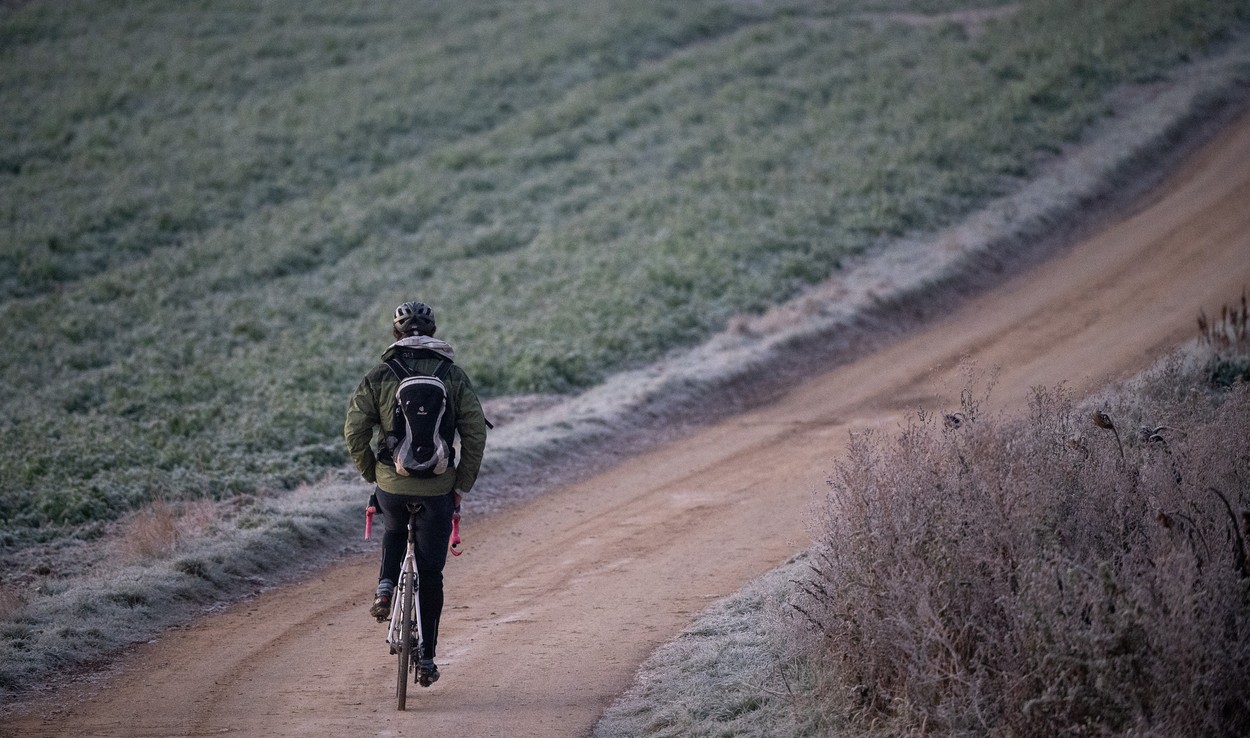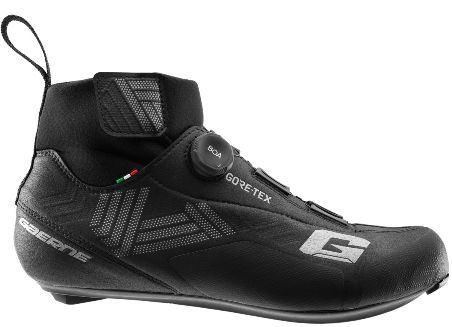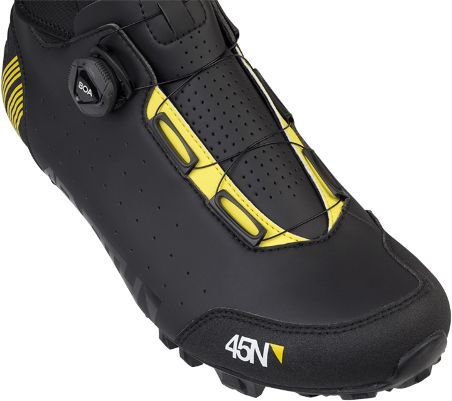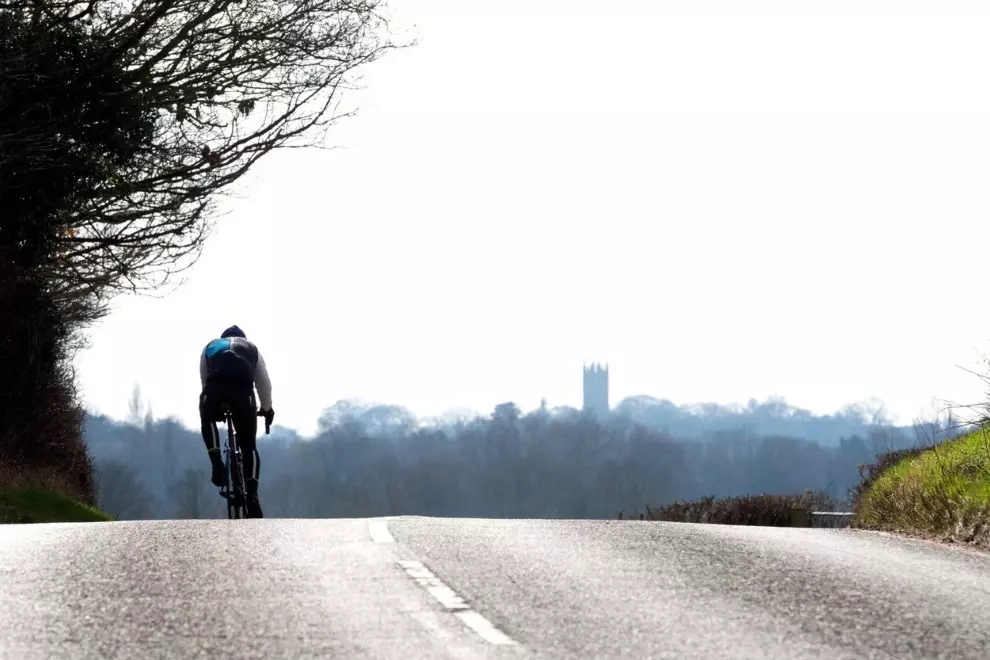Do they come with a waterproof membrane? What about cleat and pedal compatibility? I’m a roadie, but I commute to work sometimes. Are there road-only models, or is a winter cycling sole made for mixed surfaces an option?
Are winter cycling shoes worth it?
Only you can answer this question. Have you had enough of cold feet when you ride in the winter and are sick of wasting money on thermal socks that don’t work and overshoes that blow up after a few months? Or do you live in a part of the world where winter weather and freezing temperatures last more than a few weeks or months? Then the answer to the question is probably yes.

If your climate remains fairly mild in the winter, except for a few exceptional days when your feet get cold, but it’s nothing you can’t handle, then the response is most likely no.
Regardless of if you answered yes or no to the above, another reason dedicated winter cycling shoes might be a worthy investment is if you are tired of the bother of prepping your warm weather shoes for winter every year. Another reason maybe the pain of repairing damaged heels on your overshoes from walking, or having to delicately pull them on and off so you don’t damage them. Been there, done that.
The benefits of winter cycling shoes
No shoe is perfect, but as the proud owner of winter cycling shoes designed to tackle these specific issues, your days of cold or wet feet in the winter could be a thing of the past. And like that favourite sweater you slip into when you’ve got a chill, your new winter kicks will keep your feet toasty warm.
You can also say goodbye to those annoying overshoes and the pain of putting them on and taking them off. Think of the time you’ll save skipping this step alone! Water spraying off your wheels onto your feet will no longer be a problem. Your feet are now protected from any moisture getting in. Winter shoes may weigh a bit more but think of how fast you’ll go come spring when you switch back to your warm weather shoes.
Here’s our best winter road shoe picks (in no particular order) to beat the cold:
Fizik R5 Artica
- Type: Road
- Style: Boot
- Sole: carbon-reinforced nylon
- Windproof: Yes
- Waterproof and breathable membrane: Yes
- Closure: Speedlace and overlaying zip closure
- Interior: Mylar insulation and warm winter insoles
- Cleat compatibility: 3-bolt
- Price: 200 €
- Weight: 442g (size 42)
- Temperature rating: Not provided
- Other versions: A two-bolt mountain shoe with an all-terrain sole
Northwave Celcius R Artic GTX
- Type: Road
- Style: Neoprene collar (Easy fit Climaflex®)/boot
- Sole: Carbon reinforced (8 rigidity)
- Windproof: Yes
- Waterproof and breathable membrane: Yes (Gore-Tex®)
- Closure: Speedlace overlaying closure
- Interior: Fleece-lined Arctic 4layer insole for thermal insulation
- Cleat compatibility: 3-bolt
- Price: 249.99 €
- Weight per shoe: 365g (size 45)
- Temperature rating: comfortable down to -10°C/14°F
- Other versions: Wide version available
Sidi Zero Gore 2
- Type: Road
- Style: Boot with Neoprene collar
- Sole: carbon sole (Millenium 5)
- Windproof: Yes
- Waterproof and breathable membrane: Yes (Gore-Tex®)
- Closure: Overlaying closure with Velcro strap and a speedlace interior.
- Cleat compatibility: 3-bolt
- Price: 217 €
- Weight per shoe: Not provided
- Temperature rating: Comfortable down to – 4°C/25°F
- Other versions: Wide version available
Gaerne Ice Storm 1.0
- Type: Road
- Style: Boot with Neoprene collar
- Sole: Carbon fibre (8 stiffness rating)
- Windproof: Yes
- Waterproof and breathable membrane: Yes
- Closure: Speedlace overlaying closure
- Interior: Duratherm® membrane locks in warmth
- Cleat compatibility: 3-bolt
- Price: 250 €
- Weight per shoe: Not provided
- Temperature rating: Comfortable down to -4°C/25°F
- Other versions: MTB version available
45Nrth Ragnarök
- Type: Gravel/MTB/Commuter
- Style: Boot with Neoprene collar
- Sole: Fibreglass-injected nylon on a performance competition last
- Windproof: Yes
- Waterproof and breathable membrane: Product is highly water resistant with a ¾ height waterproof membrane, but not waterproof (brand says to protect your feet in extremely wet conditions, it is necessary to cover the ankle with waterproof pants)
- Closure: Speedlace overlaying closure
- Interior: Minimal insulation as compared to competitors
- Cleat compatibility: 2-bolt
- Price: 240 €
- Weight per shoe: Not provided
- Temperature rating: Comfortable down to -4°C/25°F
Specialized Defroster Trail
- Type: Gravel/MTB/Commuter
- Style: Boot with Neoprene collar
- Sole: Nylon composite
- Windproof: Yes
- Waterproof and breathable membrane: Yes with sealed seams
- Closure: Speedlace overlaying closure
- Interior: 400g Thinsulate® membrane locks in warmth
- Cleat compatibility: 2-bolt
- Price: 260 €
- Weight per shoe: 533g (size 42)
- Temperature rating: Comfortable down to -4°C/25°F
- Other versions: MTB version available
Shoe fit and tips
Keeping your feet warm is the name of the game, so make sure your new shoes are not too snug and you have wiggle room around the toes. Don’t rely only on the shoe’s insulation for warmth. Leave enough space inside the shoe for your usual thermal or wool socks you count on when the mercury falls. Shoes that are too tight impede blood flow to your feet, which works against keeping your feet warm.
Any shoe’s waterproof membrane only goes so far. Cyclists don’t stand in pools of water, but when it’s coming down, road spray from the wheels can send an enormous amount of water directly towards your feet. Rain runs down any clothing you are wearing, sending it directly toward your shoes, just where you don’t want it.
Shoes with a taller cuff will do a better job of preventing water from getting in, but there is a better way. The fashion police may come after you but place the cuff of your tights or pants over the shoe’s sleeve or closure instead of inside of it. When you do, any water will run right off, and not into your shoe. A set of fenders with flaps at the bottom will also help keep you and your footwear drier in winter when you need it the most.










